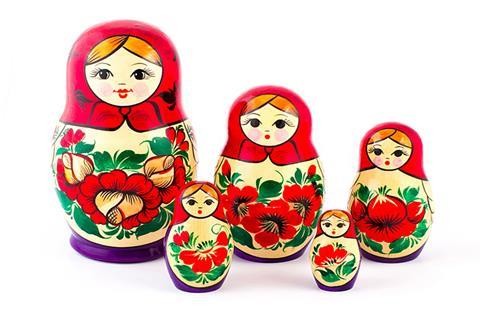The comparative form of narrow is narrower. It’s used to compare two things, indicating one has less width than the other. For example, “This street is narrower than the main road.” You can also use “more narrow,” although “narrower” is generally preferred. Let’s delve deeper into comparatives and superlatives, focusing on “narrow” and other adjectives.
Understanding Comparative and Superlative Adjectives
Comparative adjectives compare two things, highlighting differences in qualities. Superlative adjectives, on the other hand, describe something possessing the most or least of a quality compared to a group.
Forming Comparatives
For one-syllable adjectives, add “-er” to the end (e.g., tall – taller, wide – wider). If the adjective ends in a consonant-vowel-consonant pattern, double the final consonant (e.g., big – bigger, thin – thinner). For adjectives ending in “-e,” simply add “-r” (e.g., nice – nicer).
With two-syllable adjectives, generally use “more” before the adjective (e.g., peaceful – more peaceful). However, some two-syllable adjectives, including “narrow,” can use either “-er” or “more.” Thus, “narrower” or “more narrow” are both acceptable.
Adjectives with three or more syllables always use “more” (e.g., beautiful – more beautiful). Finally, adjectives ending in “-y” change the “y” to “i” before adding “-er” (e.g., happy – happier, sunny – sunnier).
 Image showcasing different comparative adjective forms.
Image showcasing different comparative adjective forms.
Forming Superlatives
Superlatives follow similar rules. One-syllable adjectives use “the” before the adjective and add “-est” (e.g., tall – the tallest). Doubling the final consonant applies here as well (e.g., big – the biggest). Adjectives ending in “-e” add “-st” (e.g., nice – the nicest).
Two-syllable adjectives usually take “the most” before the adjective (e.g., peaceful – the most peaceful). As with comparatives, some exceptions exist, including “narrow,” allowing both “the narrowest” and “the most narrow.”
Three or more syllable adjectives always use “the most” (e.g., beautiful – the most beautiful). The “-y” to “-i” change also applies before adding “-est” (e.g., happy – the happiest).
Irregular Comparatives and Superlatives
Some adjectives have irregular forms. Notable examples include:
- Good – better – best
- Bad – worse – worst
- Far – farther/further – farthest/furthest
- Old – older/elder – oldest/eldest (elder/eldest typically refers to family members)
Using Comparatives and Superlatives
Comparatives often use “than” to compare (e.g., “The river is narrower than the lake”). Superlatives often specify the group being compared using “in” or “of” (e.g., “This is the narrowest street in the city”).
The Case of “Narrow”
“Narrow” provides a good example of a two-syllable adjective with options. Both “narrower” and “more narrow” are acceptable comparatives. Similarly, “the narrowest” and “the most narrow” are both valid superlatives. While both are grammatically correct, “narrower” and “the narrowest” are generally considered more natural and common in modern English. Therefore, when comparing two things, “narrower” is generally preferred.
Conclusion
Understanding comparative and superlative forms is crucial for clear and accurate communication. While “narrower” is generally preferred as the comparative form of “narrow,” remembering the rules and exceptions allows for nuanced language use. By mastering these concepts, you can confidently describe and compare various qualities and characteristics.